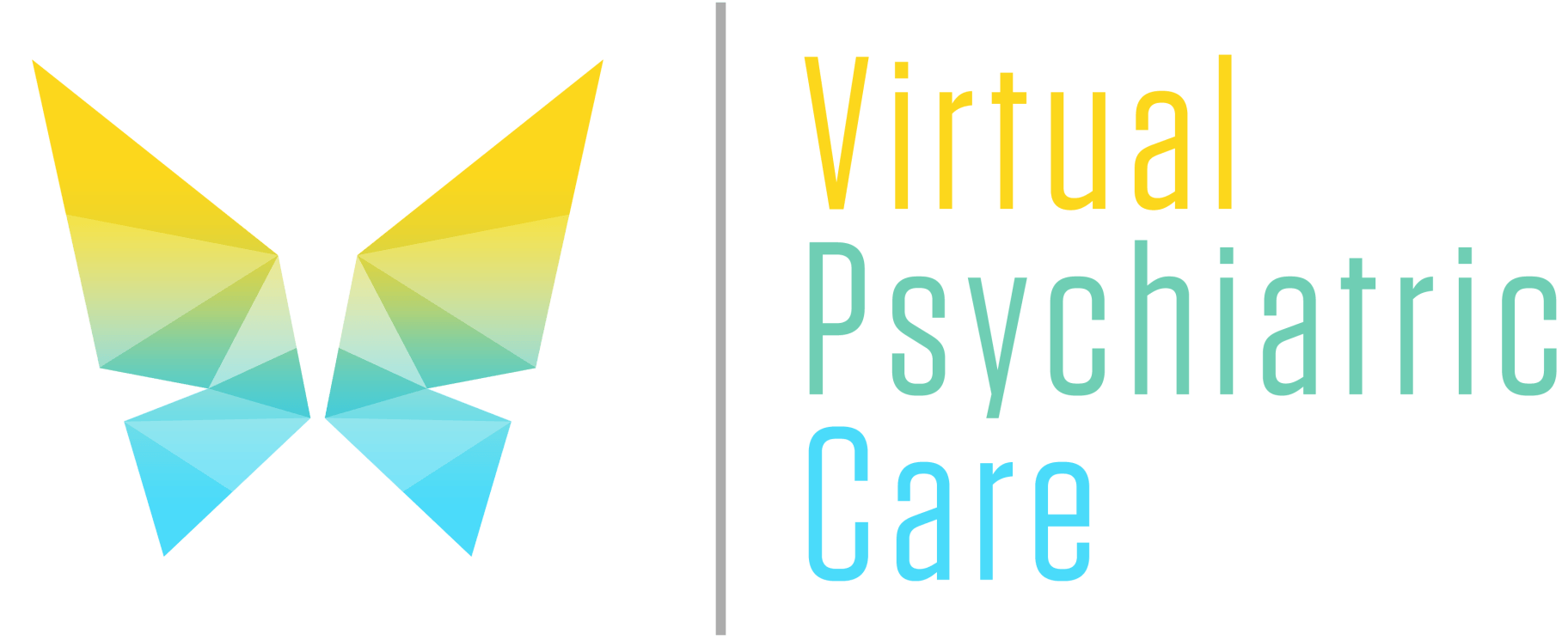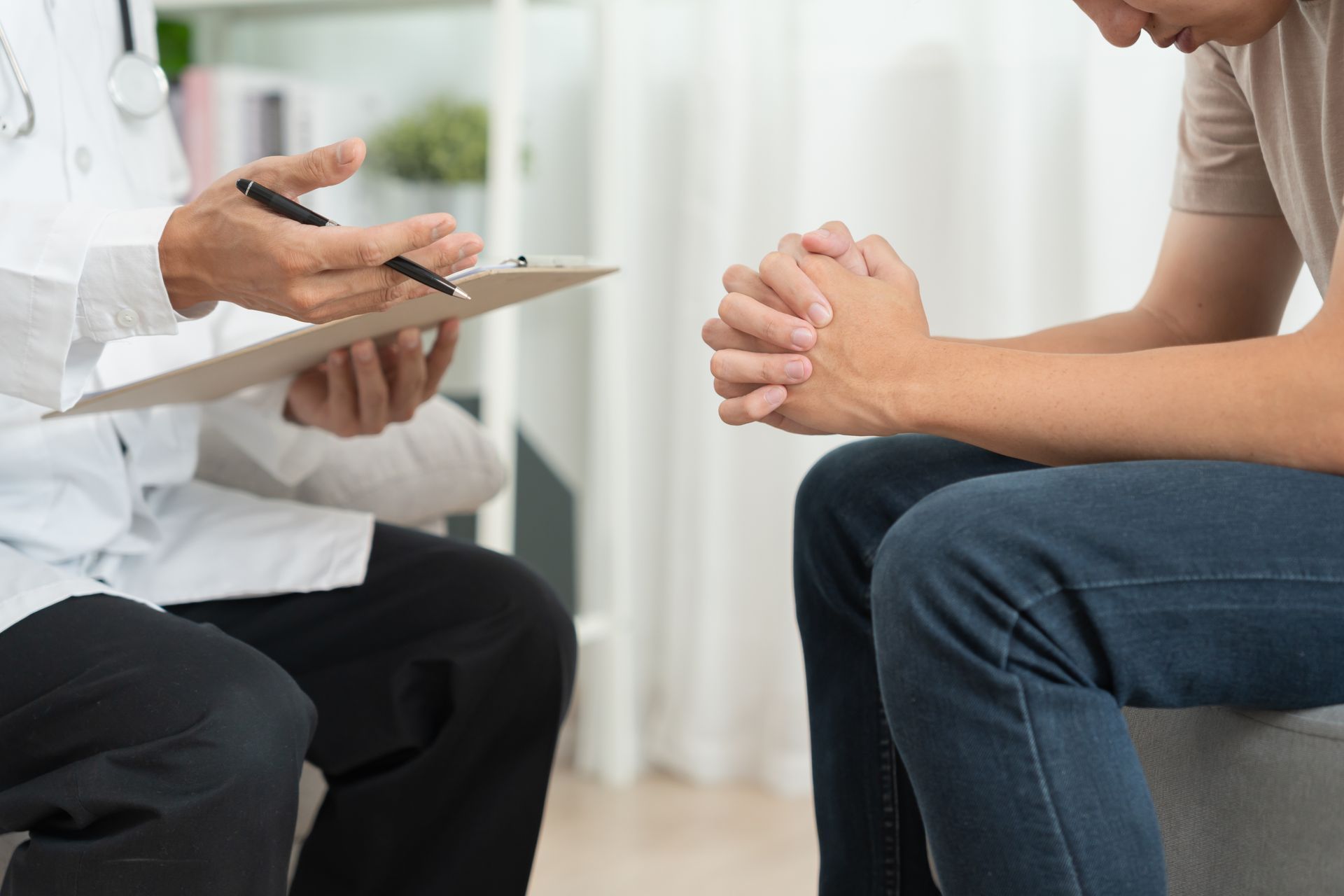Overcoming Barriers to Mental Health Care for the LGBTQ+ Community through Telehealth Services

As societal attitudes and laws shift towards greater acceptance of the LGBTQ+ community, it's important to recognize that mental health care is still often out of reach for many. For some members of this community, finding a therapist who is knowledgeable about their unique experiences can be challenging, while others may live in areas where there simply aren't any LGBTQ+-affirming mental health professionals available. Fortunately, telehealth services are stepping up to bridge this gap and provide accessible care that meets the needs of everyone - no matter where they live or what their identity might be. In this blog post, we'll explore how telehealth services are revolutionizing mental health care for LGBTQ+ individuals and making it easier than ever before to get the support you need.
Introduction
Mental health care can be a lifeline for members of the LGBTQ+ community who face unique challenges and barriers when trying to access care. Telehealth services can help overcome some of these barriers by providing convenient, confidential, and affirming care.
LGBTQ+ people are more likely to experience mental health problems than the general population, yet they often face significant barriers to care. These barriers can include lack of provider knowledge and understanding of LGBTQ+ issues, transphobia, homophobia, and heterosexism. In addition, many LGBTQ+ people live in rural areas or do not have access to quality mental health care.
Telehealth services can help overcome some of these barriers by providing convenient, confidential, and affirming care. Online therapy can be a safe space for LGBTQ+ people to discuss their unique experiences and concerns without fear of judgement or discrimination. In addition, telehealth services can provide access to mental health care for those who live in rural areas or do not have access to quality in-person care.
If you are a member of the LGBTQ+ community seeking mental health care, consider using telehealth services to overcome some of the unique challenges you may face.
Overview of Mental Health Issues in the LGBTQ+ Community
There are a number of mental health issues that disproportionately affect the LGBTQ+ community. These include anxiety, depression, substance abuse, and suicide. Studies have shown that these issues are often the result of discrimination and stigma experienced by LGBTQ+ individuals.
Telehealth services can help to overcome some of the barriers to mental healthcare for the LGBTQ+ community. These services can provide a safe and confidential space for individuals to talk about their experiences and get the support they need.
Barriers to Mental Health Care for LGBTQ+ Community
There are many barriers to mental health care for the LGBTQ+ community. One of the biggest barriers is the lack of providers who are trained and competent in working with this population. This can be a result of both homophobia and transphobia within the medical community, which can make it difficult for LGBTQ+ people to find providers who are willing to work with them. Another barrier is the cost of mental health care, which can be prohibitive for many people. This is especially true for transgender people, who often have to pay out of pocket for transition-related care. Additionally, many insurance plans do not cover mental health care, or they may only cover a limited number of services. This can make it difficult for people to get the care they need. Stigma surrounding mental illness can also be a barrier to care. This is especially true for LGBTQ+ people, who often face discrimination and exclusion from family, friends, and society at large. This can make it difficult for them to seek help when they need it most.
Benefits of Telehealth Services for the LGBTQ+ Community
There are many benefits of telehealth services for the LGBTQ+ community. One benefit is that it can help reduce the stigma around seeking mental health services. This is because people can seek care in the comfort and privacy of their own homes.
Another benefit is that telehealth can help improve access to care. This is especially important for LGBTQ+ people who live in rural areas or who have difficulty accessing in-person mental health services. Telehealth can also be helpful for people who have busy schedules or who cannot take time off from work to see a therapist in person.
Telehealth can help create a safe space for LGBTQ+ people to discuss sensitive topics. This is because therapists who provide telehealth services can create an environment that is welcoming and inclusive of all identities.
Strategies for Effective Telehealth Delivery
There are many reasons why members of the LGBTQ+ community may not seek out mental health care, including fear of discrimination, lack of access to providers who understand their unique needs, and stigma around seeking help.
Telehealth can be an effective way to overcome some of these barriers and provide much-needed mental health services to this population. When designing a telehealth program for the LGBTQ+ community, consider the following strategies:
1. Use culturally competent providers: Members of the LGBTQ+ community may feel more comfortable opening up to a provider who is familiar with their culture and experiences. Make sure your telehealth program includes providers who are trained in working with this population.
2. Promote safety and confidentiality: Ensure that members of the LGBTQ+ community feel safe and secure when using your telehealth services. This may include offering anonymous or confidential communication options, as well as ensuring that all personal information is protected.
3. Offer specialized services: The unique needs of the LGBTQ+ community should be taken into account when designing telehealth services. For example, transgender individuals may need access to hormone therapy or other transition-related care. Consider how you can tailor your services to meet the specific needs of this population.
Challenges Associated with Telehealth Care for the LGBTQ+ Community
There are many unique challenges associated with providing telehealth care services to the LGBTQ+ community. One of the most significant challenges is the lack of access to care. This population is often underserved by the traditional health care system and may not have regular access to a primary care provider or mental health specialist. Additionally, members of the LGBTQ+ community may face discrimination and/or violence when seeking care, which can deter them from seeking needed services.
Another challenge related to providing telehealth services to the LGBTQ+ community is ensuring that providers are culturally competent and sensitive to the needs of this population. Providers must be aware of the unique psychological and social stressors that members of the LGBTQ+ community face in order to provide effective care. Additionally, they must be able to create a safe and welcoming environment where patients feel comfortable discussing their health concerns.
Despite these challenges, telehealth services can be an effective way to provide mental health care to members of the LGBTQ+ community. By increasing access to care and providing a safe and welcoming environment, telehealth services can help overcome some of the barriers that this population faces when seeking mental health care.
Conclusion
Telehealth services are an important tool in overcoming the many barriers to mental health care that the LGBTQ+ community faces. By providing access to skilled providers and specialized therapy, telehealth allows members of this marginalized group to seek out quality mental health services from any location without fear of discrimination or stigma. In addition, telehealth offers a safe space for people to explore their identity and express themselves openly without judgment. With increased awareness and greater accessibility of telehealth options, we can work towards eliminating these obstacles and ensure that everyone has access to the care they need regardless of gender identity or sexual orientation.











